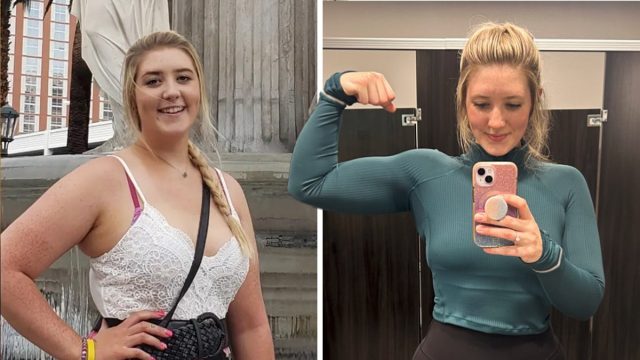I Lost 50 Pounds in 6 Months With These 7 Strategies
TikTok influencer Addie Gibson (@addiepowerr) lost 50 pounds in six months by making some very simple changes. Gibson details her weight loss journey online, explaining exactly how she torched the fat and got fit. One major part of her fitness routine was being active every single day, which helped boost her metabolism and made her regimen even more effective. Here's exactly how she did it.
Strength Training
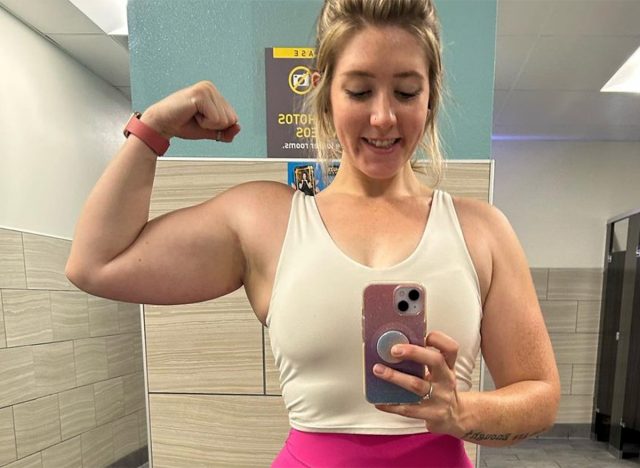
Gibson did strength training 3-4 times a week. "Strength training helps you lose weight and keep it off by building muscle tissue," according to Corewell Health. "The more muscle mass you have, the higher your metabolic rate tends to be. More muscle also helps your body burn more fat than muscle, which is important if you want to lose weight and keep your strength."
Aerobic Exercise Every Day
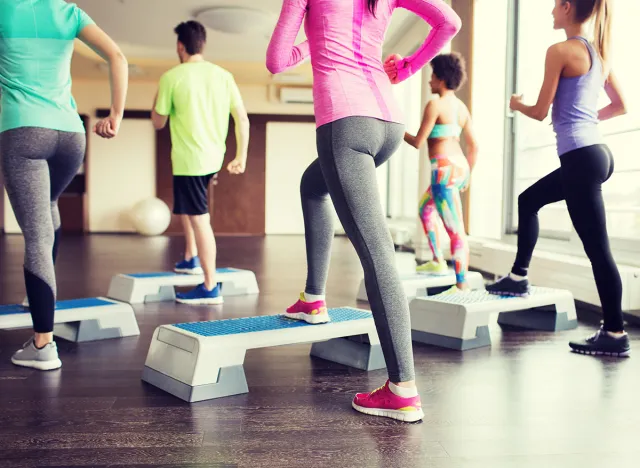
Gibson walked 10k steps every day, which is a highly effective form of aerobic exercise. "As a general goal, aim for at least 30 minutes of physical activity every day," says the Mayo Clinic. "If you want to lose weight, maintain weight loss or meet specific fitness goals, you may need to exercise more."
Calorie Deficit
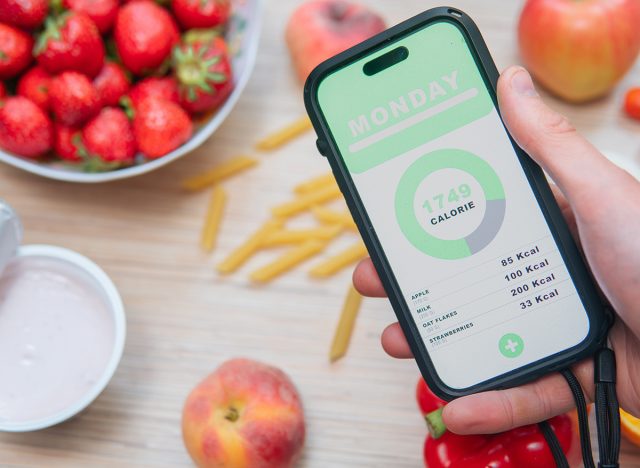
Gibson made sure she was eating fewer calories than she was burning off. "Your weight is a balancing act, but the equation is simple," says the Mayo Clinic. "If you eat more calories than you burn, you gain weight. And if you eat fewer calories and burn more calories through physical activity, you lose weight."
RELATED: 15 Proven Ways to Sculpt Your Dream Body by An Expert Coach
Lots of Water

Gibson drank a gallon of water a day as part of her weight loss program. "Thirst, which is triggered by mild dehydration, is often mistaken for hunger by the brain," Melina Jampolis, an internist and board-certified physician nutrition specialist, tells Johns Hopkins University. "You may be able to decrease appetite by drinking water if you are, in fact, low in water, not calories."
Healthy Snacks
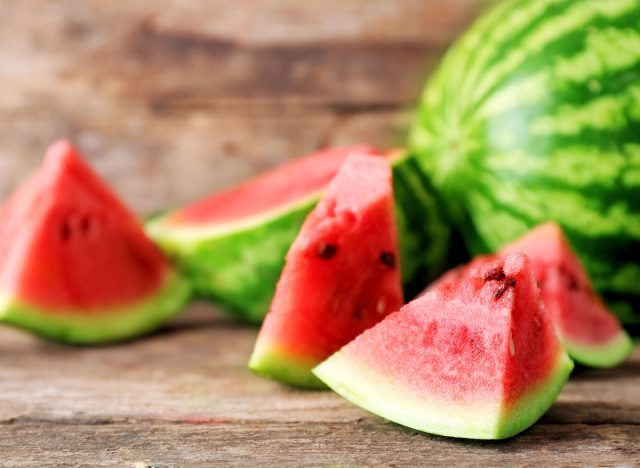
Gibson indulged in low-calorie, high-volume snacks like watermelon with Tajin seasoning. "Because 90% of a watermelon's weight is water, it's one of the best fruits to eat if you're trying to lose weight," according to Keck Medicine. "A 100-gram serving contains only 30 calories. It's also a great source of an amino acid called arginine, which has been shown to help burn fat quickly."
High-Protein Coffee
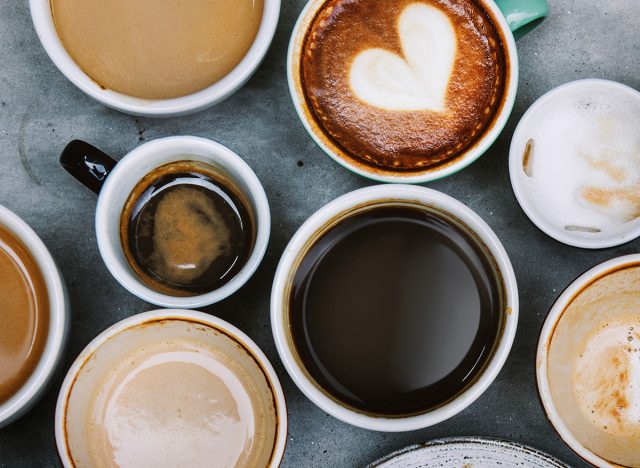
Gibson added protein to her coffee for an extra boost. "You can use protein coffee as a meal replacement. It's a quick and easy way to fuel up for a busy morning," registered dietitian Kimmie Sharp, MMN, RDN, LMNT, LD, tells UNL Health. "However, many powders lack essential vitamins, minerals or healthy fats. Some protein powders contain much more protein than you need, which could cause weight gain. If your goal is to lose weight, a shake specifically formulated to replace a meal is a better option."
RELATED: 5 Menopause-Soothing Foods for Quick Relief
Creatine Supplements
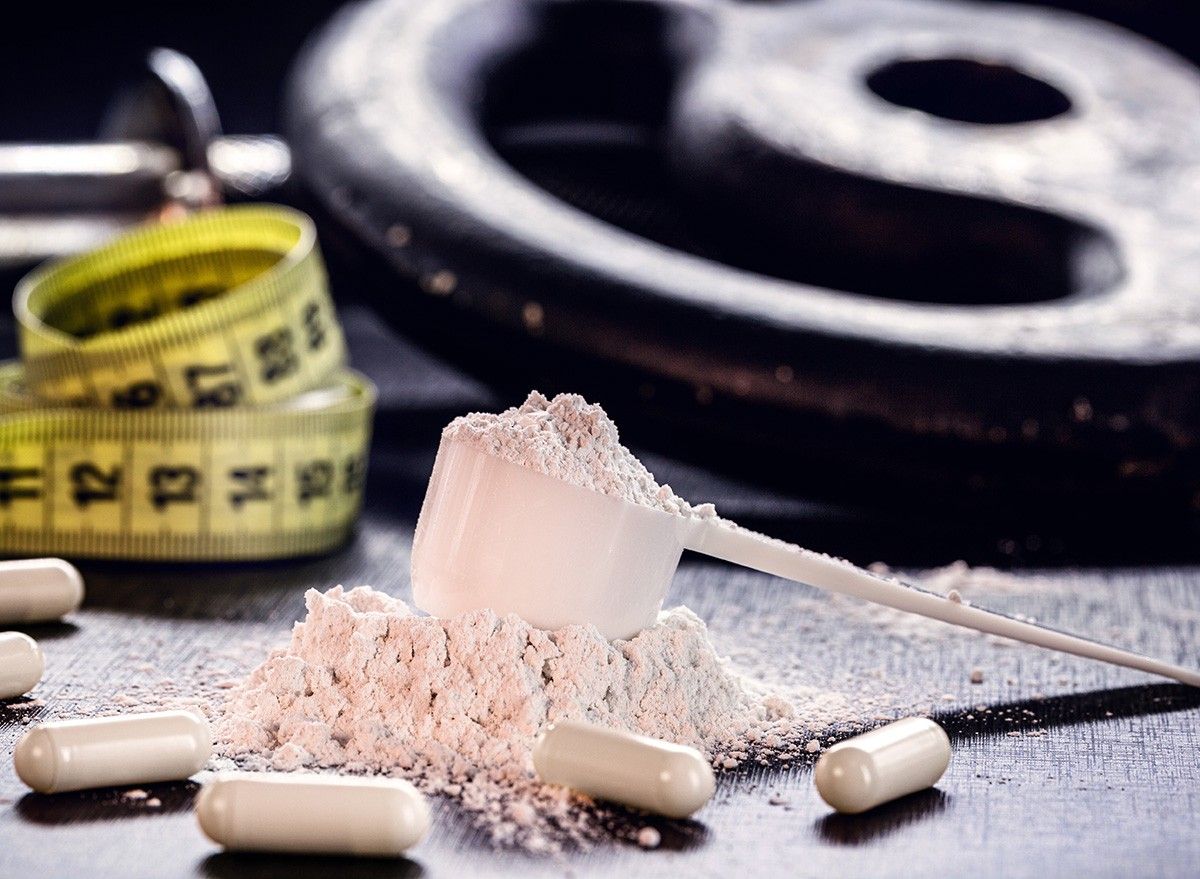
Gibson takes creatine supplements to support her fitness regimen. "Oral creatine use might allow an athlete to do more work during reps or sprints, leading to greater gains in strength, muscle mass and performance," says the Mayo Clinic. "Creatine is often used by athletes involved in high-intensity intermittent activities that require a rapid recovery during training and competition."
💪🔥Body Booster: Even taking a brisk walk can help burn fat and boost weight loss.
@addiepowerr #stitch with @Addie Gibson 3 things i did to lose 50lbs! #weightloss #weightlosstransformations #fitnesscoach ♬ original sound – Addie Gibson
